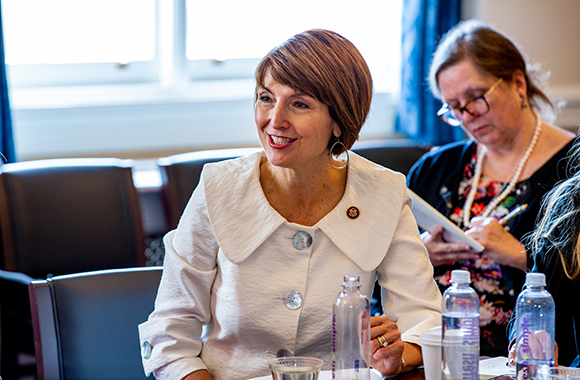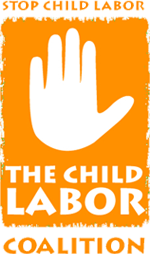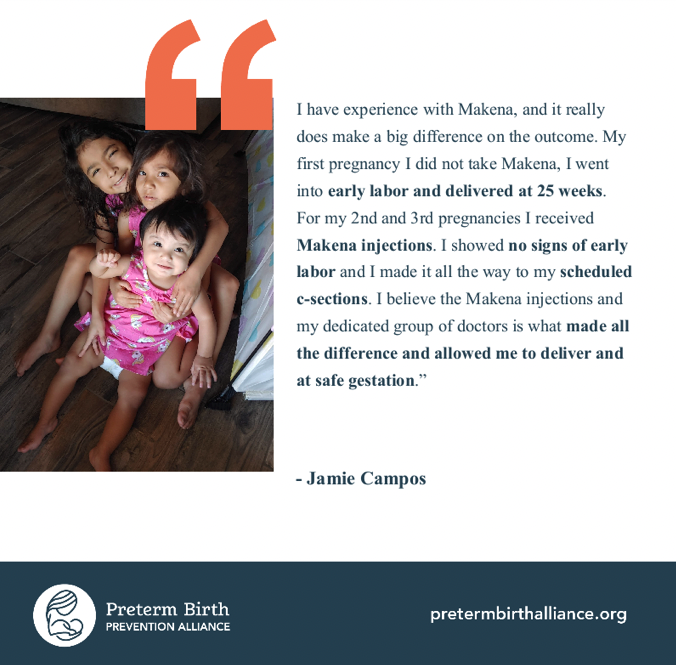Growing up in fields
 By Child Labor Coalition Intern Jacqueline Aguilar
By Child Labor Coalition Intern Jacqueline Aguilar
July 20, 2023
I grew up in a small rural area named Center, Colorado which has a population of about 2,000 people. Growing up my parents were always working in the fields, I remember my father coming home from work, and I would feel how raspy his hands were on my face. I would always ask myself, “Why are his hands so rough?” Eventually, I realized it was because of the hard work he did every day.
In middle school, buying school clothes was difficult for my parents. I started working in the lettuce fields at the age of eleven with many of my friends. We would go in at 5:00 am and get out around 2:00 pm, my parents couldn’t take me to work because they had their own job to get to, so I would have to catch a ride with my supervisor at 4:30am and get home around 3:00 pm.
Walking down those lettuce fields was draining physically, and mentally. It consisted of tired feet walking down the field with my blistered hands holding a bulky hoe and keeping an eye out on the lettuce heads making sure they grew the right way. Most days would start with the fields cold and wet with dew. I was often drenched in mud. By the time the sun rose, it was boiling outside. I would still wear layers of clothes to avoid getting sunburnt and wrap bandanas around my head and neck.
There was no cold water available for us during working hours, or even on our lunch break. We normally worked a 12-hour shift with a 30-minute lunch—typically just cold food or snacks since we didn’t have enough time to go home and make something.
I found the work exhausting, so I started working a food service job. But soon found myself back in the fields when my father got diagnosed with lung cancer. My father had migrated to the U.S. when he was 19 and had been working in the fields ever since. The cancer could have been caused from the fertilizer, dust, and pesticides that he breathed in the fields.
My mother is now disabled with torn ligaments in her shoulder, which can also be from her field work and the movements of sorting the potatoes for so many years.
My parents were unable to provide for me financially and had to move three hours from home for my dad’s cancer treatment, so I worked the potato harvest while attending high school. I juggled a lot of responsibilities during this time, and it was difficult to still be a child with so much on my plate.
I recall one morning it began to snow, we didn’t know any better, so we kept working in the heavy weather. My fingers and feet grew ice-cold as I sorted potatoes, and I wished they would tell us to go home for the day. At that moment, I knew I wanted more for myself.
I am trying to give back to my community. I dedicate two days of my week tutoring ESL students at Center Middle School, where I previously attended. I want to help Spanish-speaking students continue school without the language barrier.
I have also been connected to the Migrant and Seasonal Head Start Program since youth. For the past three years, I have been the Otero Migrant and Seasonal Head Start Recruiter in the San Luis Valley in Colorado which allows me to promote a good program that benefits farmworker children and parents. I am an active member of the College Assistance Migrant Program at Adams State University where I’ve learned the value of an educational community and the power of coming together to work toward a common goal.
I am now a rising junior at Adams State University working toward a major in sociology with an emphasis in social work and a minor in Spanish. I hope to receive my Master’s degree at Colorado State University-Pueblo to become a medical social worker. I want to stay close to my community to help families that face barriers to medical services—just as mine did when my father had cancer.

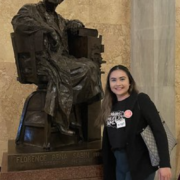
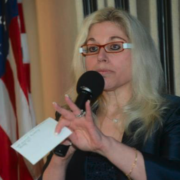
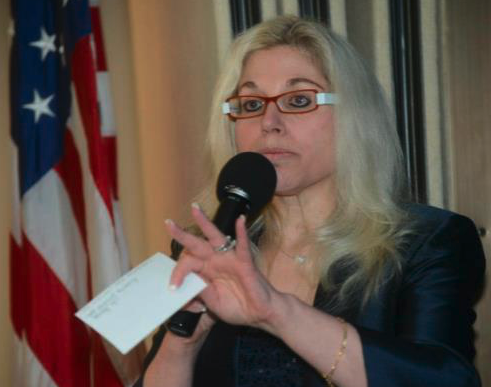



 By Nancy Glick, Director of Food and Nutrition Policy
By Nancy Glick, Director of Food and Nutrition Policy






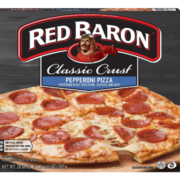
 By Ryan Barhoush, Food and Nutrition Program Associate
By Ryan Barhoush, Food and Nutrition Program Associate

